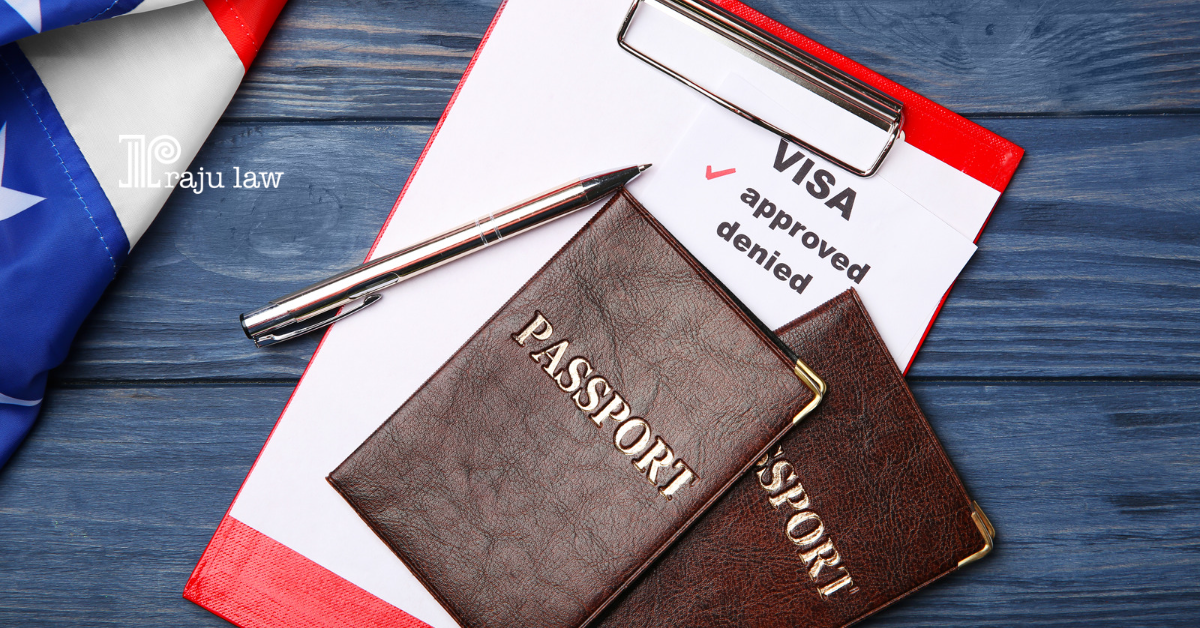Transfer of Underlying Basis – Part One
An applicant for an adjustment of status whose application is based on a certain immigrant category sometimes intends the application to be looked at under a different category.
For example, an applicant who originally applied for adjustment based on a pending or approved employment-based petition but later married a U.S. citizen and now wants to adjust based on a family-based petition filed by the new U.S. citizen spouse. An applicant who originally applied for adjustment based on a pending or approved special immigrant petition but now wants to adjust based on a later filed family or employment-based petition.
A. Requirements for eligibility
When considering a request to transfer the basis of an adjustment application, the officer should think about the following pointers.
1. Keeping the right to change the status
To move an adjustment application from one basis to another, there can’t be a break in the applicant’s basic eligibility to adjust before the transfer request is sent.
A transfer cannot be given if the applicant is no longer eligible by the time the transfer is asked for. Not when the transfer request is reviewed or granted, but when it is received, is the most important date for figuring out if the person is still eligible. Adjustment Applications must always be backed up by a Petition or Basis and be free of fraud.
2. The adjustment application is still pending
An adjustment application cannot be moved from one basis to another if there are any breaks in the application, such as if the applicant decides to withdraw the application or if the application is denied because the applicant did not show up for a scheduled interview without a good reason.
Once a final decision has been made on an adjustment application, whether it was approved, denied, or withdrawn, a transfer cannot be approved, even if USCIS reopens or rethinks the final decision.
3. Who can be in the Substituted Category
To back up their request to switch to a new eligibility basis, the applicant must show proof that they are eligible for the new immigrant category.
The instructions for filing the adjustment application will tell you what proof is needed. The transfer request should be handled as if it were a new application, and the person asking for the change should provide the documents needed to show that they are eligible for the new adjustment category. Under the new category of immigrants, it is up to the applicant to show that they are eligible. Before making a decision on a request for an adjustment, an officer does not have to make a full eligibility determination or pre-judge the application, even though proving eligibility may help the officer decide whether or not to grant the request.
Inadmissibility and Bars to Adjustment Under INA 245(c)

The officer should think about the fact that a person who wants to change the basis of an adjustment application that is still being processed may become subject to grounds for inadmissibility or adjustment bars under the new basis. This could happen if the applicant is switching from a basis that is exempt from certain inadmissibility grounds or bars to adjustment to a basis that is not exempt from the same inadmissibility grounds or bars to adjustment. In these situations, the officer has the freedom to say no to a transfer request.
4. Visas are available right away
When a person wants to move an adjustment application from one basis to another, the priority date for the category that person wants to use must be current. To change an adjustment application to a new basis involving a preference classification, the applicant must be the beneficiary of a pending or approved visa petition for which a visa is available. When figuring out if an immigrant visa number is available, the date that the transfer request is filed is what matters, not the date that the petition for the adjustment application was filed.
Date of Priority
A priority date can’t be moved from one petition to another, with a few exceptions. In most cases, the priority date of the replacement petition is attached to the adjustment application that is still being processed. This is done no matter if the priority date is earlier or later than the priority date of the initial petition that supports the adjustment application. The only time this isn’t done is when regulations allow certain employment-based 1st, 2nd, and 3rd preference cases to keep their priority dates and use the earliest priority date.
Choosing Between Categories With Number Limits and Categories Without Number Limits
If a person is eligible to change their status under both a numerically limited category and a non-numerically limited category, the officer should usually change their status under the non-numerically limited category. This will leave a visa preference number open for other immigrants.
5. Exercise of Discretion
Whether or not to accept a transfer request is up to the person in charge. Except for simple transfers between the first three employment-based categories, the person asking for an adjustment should not assume that transfer requests will be granted automatically. Aside from the general eligibility requirements listed above, an officer may also think about the effects of the extra time it will take to process the applicant’s new claim and gather evidence to support it. The officer might be more likely to approve a request if it comes with all the required initial proof that supports the new reason for the adjustment.
The officer may also think about the following:
• The reason(s) for the request;
• Whether or not there is documentation to support the new claim;
• How hard it is to get needed receipt files from other USCIS offices;
• How hard it is to figure out if the applicant is still eligible based on the first petition or basis; and • How far along the adjustment application is in the processing process.
All of these things can cause processing delays that USCIS or the applicant may not be able to deal with. Requests that involve jurisdictional issues or problems or that are expected to take a long time to process may be denied.
6. Other Things to Consider for Eligibility
Transfer to INA 245(i) as the new adjustment basis
If a person first filed for adjustment under INA 245(i) and paid the required additional $1000 fee, they don’t have to pay again when they ask for a transfer as long as their eligibility stays the same. But if the applicant’s first adjustment application was not under INA 245(i) and the applicant now wants to transfer to a basis that qualifies under INA 245(i), the applicant must pay the extra $1,000 and file Supplement A to Form I-485, Adjustment of Status Under Section 245(i) (Form I-485, Supplement A).
Special programs with deadlines for filing
For some programs, a person must apply for a change of status by a certain date set by law. To move the basis of an application for an adjustment to one of these special programs, the applicant would have to make the request before the special program’s filing deadline.
Read part two here

